The Apple Watch is continuing to dominate the wearable device market, analytics firm Canalys claims, marginally beating Xiaomi in terms of wearable band shipments in the first quarter of 2018 at a time when shipments in the market grew by 35 percent compared to the same period last year.
Apple shipped 3.8 million Apple Watches during the first quarter of 2018, according to Canalys' estimates, slightly ahead of the 3.7 million units shipped by rival Xiaomi. Each company is said to occupy 18 percent of wearable band shipments in the quarter, which has grown to 20.5 million units overall.
While the two companies have relatively similar shipment estimates in the period, the revenue each acquired differs greatly. Apple sells just the Apple Watch in this space, while it is believed the cheaper Mi Bands account for more than 90 percent of Xiaomi's shipments, indicating Apple would receive comparably higher revenue overall due to its different product mix.
Fitbit, Garmin, and Huawei round out the top five list, with 11 percent, 7 percent, and 6 percent respectively. According to Canalys, these three companies have a mixed portfolio of wearables, though exact proportions were not defined.
According to Canalys' data, approximately 43 percent of wearable band shipments are made up of smartwatches, with 57 percent consisting of basic bands. The comparatively higher prices of smartwatches means the devices earn a higher share of the wearable band revenue, with smartwatches pulling in 80 percent while basic bands draw just a 20-percent share.
The shipments for the Apple Watch are down from the fourth quarter, with holiday sales pushing shipments up to an estimated 8 million, higher than the level of Swiss watch exports. This seasonal change is to be expected, as it also applies to the majority of other Apple products over the same period.
In the third quarter of 2017, the Apple Watch shipped an estimated 3.9 million units, including 800,000 of the Series 3 with LTE model.
"Key to Apple's success with its latest Apple Watch Series 3 is the number of LTE-equipped watches it has been able to push into the hands of consumers," suggests Canalys senior analyst Jason Low. "Operators welcome the additional revenue from device sales and the added subscription revenue for data on the Apple Watch, and the list of operators that sell the LTE Apple Watch worldwide is increasing each month."
Apple reportedly represents 59 percent of the cellular-enabled smartwatch market, Low adds, noting "the lack of a similar product in the Android ecosystem is glaring." Low also suggests that, if Google decides to proceed with a rumored Pixel Watch, "it would jump-start much needed competition" in the wearables market.
It is believed the Apple Watch Series 3 helped improve Verizon's first quarter financials, with the net addition of 260,000 subscribers in the quarter attributed to wearable devices. The general lack of cellular-ready smartwatches, as well as belief the Apple Watch is the most successful product of its kind, offers the suggestion that the Apple Watch contributed significantly to the carrier's larger subscriber base.
During Apple's quarterly results in early May, it was revealed the company's wearables division, which consists of Beats headphones and AirPods alongside the Apple Watch, has grown in revenue by nearly 50 percent year-on-year. During the analyst call, Apple CEO Tim Cook called its wearables business the equivalent size of a Fortune 300 company.
Cook also mentioned the Apple Watch had set a new March quarter record, but declined to provide details. "Millions of customers are using Apple Watch to stay active, healthy, and connected, and they have made it the top-selling watch in the world," declared the CEO.
 Malcolm Owen
Malcolm Owen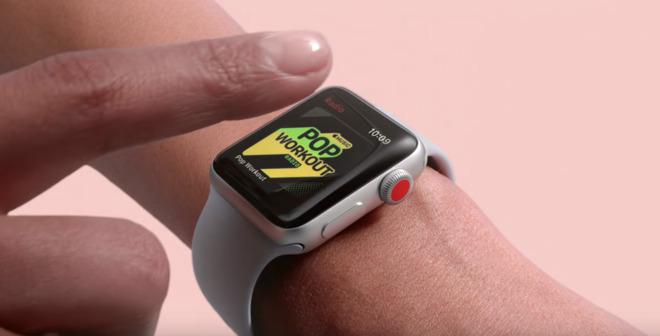
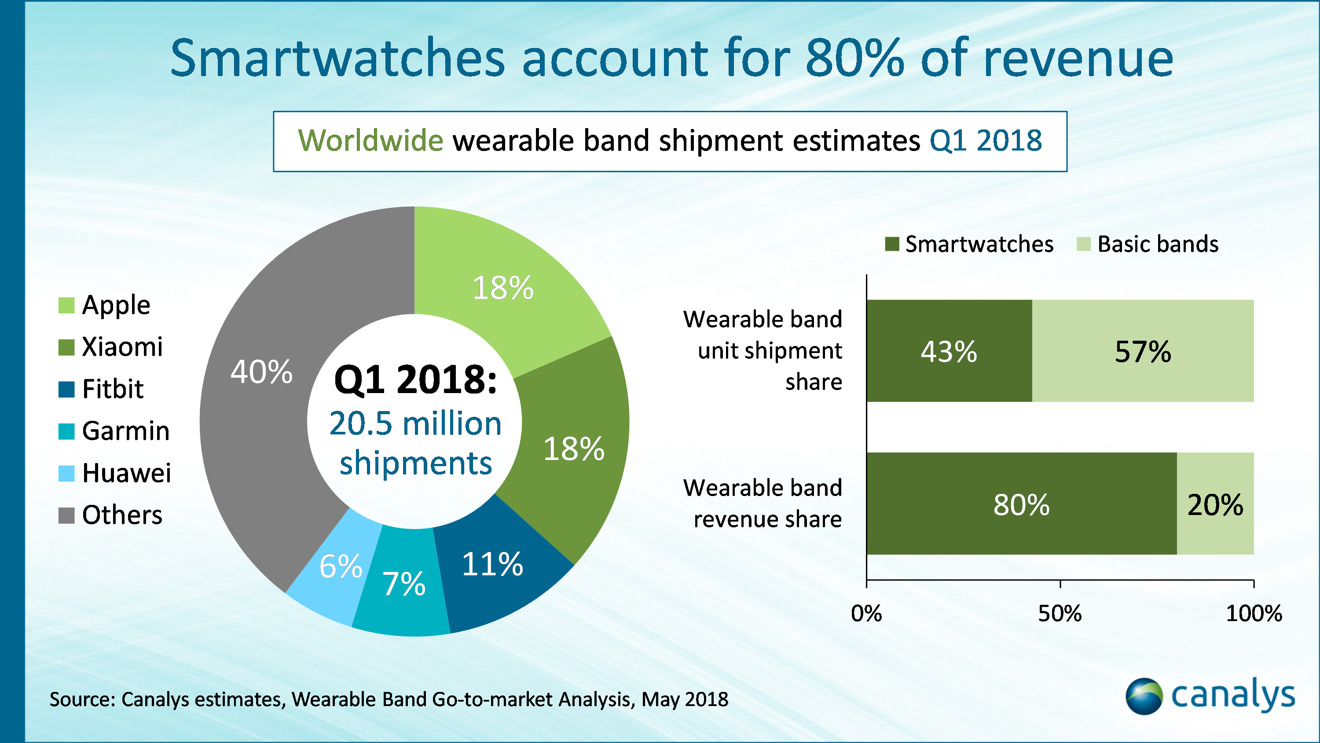







-m.jpg)






 Chip Loder
Chip Loder
 Wesley Hilliard
Wesley Hilliard
 Marko Zivkovic
Marko Zivkovic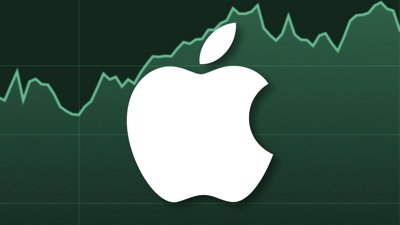

 Christine McKee
Christine McKee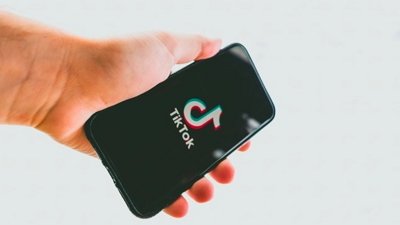
 Amber Neely
Amber Neely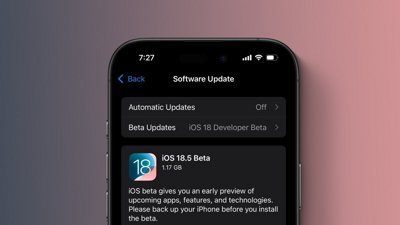










16 Comments
I am very dissatisfied with my original SS 48mm. The screen became detached just hanging by the ribbon cable through no fault of my own. I had it repaired at the Apple Store. It took about 10 days. Fortunately I had Apple Care +. Unfortunately it happened again but Apple Care had expired. Never buying another.
I waited for cellular version before buying and still amazed after nearly six months. It’s transformative. I hope Vulcan you eventually give newer version a try, and not let an apparent lemon ruin rest of your fitness experience and filtering of phone calls texts. Friend of mine who owns Apple stock knew nothing at all about the watch and was blown away by a few demos. Apple has a long runway here. Very exciting to be dominant leader already.
Apple should exploit their lead and absolutely dominate in functionality and hire more companies for bands. I was shocked that Gucci, Louis Vuitton and other big brands don't offer bands.
I think a big mistake was pulling Watches from jewelry stores and axing the Edition. Make all the excuses you want but this market secured Apple into the ultra premium and don't be surprised if wealthy people start wearing Rolex watches instead, causing Apple to lose $10,000 a Watch.
here we go again with made up numbers from people who have not idea what the real numbers are.